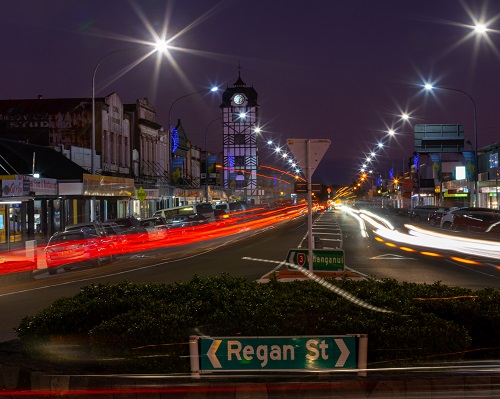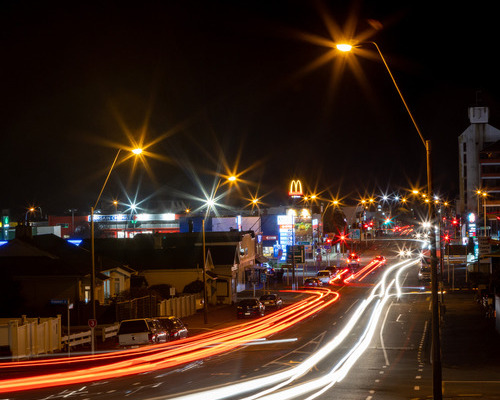Our planned and unplanned results 2021-22
Over the last financial year (1 April 2021 – 31 March 2022) we met our targets for planned outages, but exceeded our target for the duration of our unplanned outages.
Planned outage targets
We conduct planned outages to ensure crews can work safely when doing maintenance and upgrade work on our electricity network. This work helps to ensure your supply is reliable and resilient.
We know that outages are inconvenient – even when they’re planned and you know about them ahead of time. That’s why we work carefully co ordinate our planned outages, to minimise disruption as much as we can.
That work paid off and we met our planned outage targets for the year, coming 4% below our target for the frequency, and 3% below our target for the duration, of our planned outages.
Unplanned outage targets
We went over our unplanned SAIDI outage target for the year, which means that, on average, our customers experienced longer outages than the year before. We did, however meet our target for the frequency of outages.
Our field crews are ready for anything when it comes to responding to an unplanned outage.
Unplanned outages are caused by anything from trees falling on lines, animals or other objects coming into contact with lines or damaging equipment, vehicles colliding with poles, stormy weather and lightning strikes, to excavators hitting underground cables.
A number of factors caused us to go over our unplanned outage target for the year.
A number of storms blew through Aotearoa, causing disruptions on the network. We saw major storms in July and September 2021 and Cyclone Dovi in February 2022. Storms often bring lines down either through the force of the wind itself, or due to trees and other debris blowing into them. Reconnecting customers during a storm is always challenging. Safety is a top priority, so sometimes we need to wait for conditions to settle before it’s safe enough to scale a ladder to repair a line for instance. Access can also be an issue, with road slips and flooding meaning we can’t reach sites.
Vegetation also caused a lot of outages. These types of outages can take more time to repair, with trees needing to be cut and cleared by arborists before crews can then assess damage and carry out the necessary repairs.
Our field crews were also impacted by COVID over the year, causing team shortages that in turn impacted the speed that we were able to respond to non-emergency outages.
We’re disappointed to have gone over our unplanned outage target, and we’re already implementing ways to improve our unplanned outage performance, including:
- Setting up a cross-functional group to investigate areas where there are repeated outages and identifying the core cause so we can fix it – for instance, cutting back vegetation or replacing ageing equipment.
- Working with our Downer fault response crews to see how we can respond to outages more quickly. (Downer are our fault response provider, so when an outage occurs on our network, a Downer field crew is dispatched to make the repairs).
- Bringing the Downer fault dispatch team into our Network Operations Centre to work directly alongside our Customer Services team to help relay information about outages more quickly between teams.
- Accessing more detailed field reports from our crews to help us pinpoint the cause of outages and what we’re doing to repair them.
-
 Project update
Project updateFriday, July 21, 2023 We met our targets for planned outages, but exceeded our target for the duration and frequency of our unplanned outages.View more Project update
Project updateOur planned and unplanned results 2020-21
Tuesday, July 27, 2021 We met our targets for planned and unplanned outages.View more
